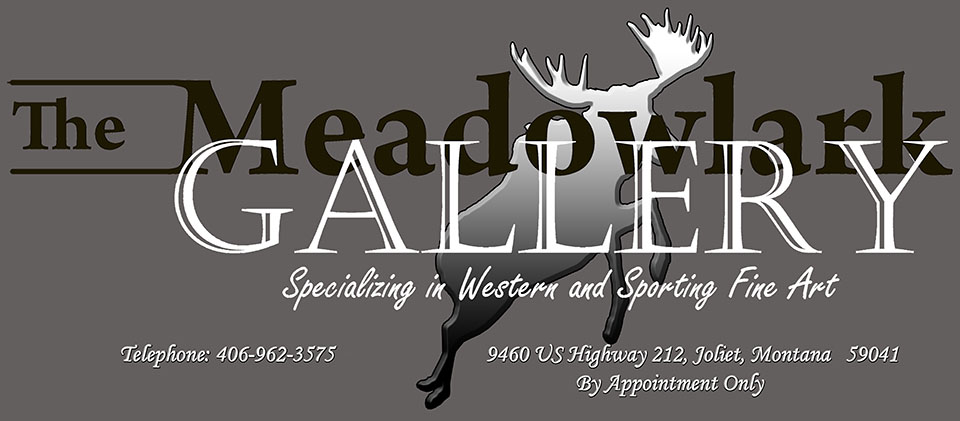|
|
||
|
Alfred
Jacob Miller (1810-1874)
|
||
| Alfred Jacob Miller was born in Baltimore, Maryland in 1810 and died there in 1874. Miller was a very important eastern landscape and portrait painter who sketched Rocky Mountain Indians in 1837. Miller's well to do parents encouraged his drawing at Dr. Craig's school. From 1831 to 1832, he studied portraiture with Thomas Sully. In 1833 a patron sponsored a European tour with study at the Ecole des Beaux-Arts in Paris and the English Life School in Rome. His portrait studio opened in Baltimore in 1834 but was not successful. In 1837 he moved to New Orleans where he was selected by Captain William Drummond Stewart as the artist to record a journey to the Rocky Mountains. In mid May the expedition left Missouri by wagon along what was to become the Oregon Trail. Miller's only duty was to sketch what interested him as he was the first white artist in the area. The wagon train crossed the Continental Divide through the South Pass, camping for a month at the rendezvous of the mountain men and their Indian allies in what is now southwestern Wyoming. By mid October, Miller and Stewart were back in St. Louis. Miller had made about 166 sketches in the West to which he never returned. These anecdotal sketches provided only impressions of the subjects with no ethnological detail but Miller's importance is unquestioned. He was the only artist in the West at the time of the mountain men. His paintings were the first made of the "interior West," except for Seymour's. In 1838 Miller was in New Orleans and Baltimore, resuming his portrait painting and developing his Western sketches into eighteen large oils. From 1840 to 1842, he lived in Captain Stewart's Murthly Castle in Scotland, painting oils as decorations depicting favorite episodes from the trip. He also delivered a portfolio of 83 small drawings and watercolors. Miller spent the rest of his life in Baltimore, a typical artist of the time except for his fame for Indian subjects. Every year he painted Indian scenes for the local trade, the 425 such pictures becoming more formal and decorative with the years, the authenticity diminishing. In 1858, he began copying his field sketches for what became the Walters Gallery. This involved 200 watercolors at $12.00 each, including "The Trapper's Bride" which Miller copied and sold to a good many purchasers besides Walters. Another group of 80 watercolors was copied for an Englishman for $25.00 each in 1867. | ||
|
View high resolution images of works by Alfred
Jacob Miller when available.
|
||
Have questions about these images? E-mail Meadowlark Gallery!!Home Page / Biography Library / Bronze / Collectibles / Etchings / Paintings / Pen and Ink / Graphite / Working Decoys Gallery Credentials / Firearms / Triangle Z Ranch Furniture / Customer Percs |
||
